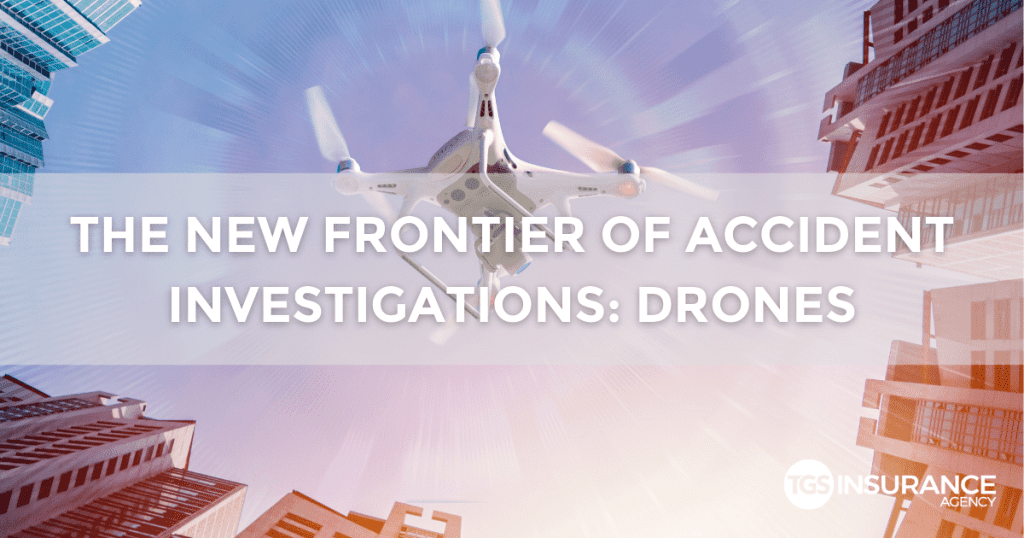
Getting into a car accident is an adventure no one wishes for, but many experience. Unfortunately, not everyone is entirely honest about how crashes occur, leaving police to try to piece together clues from the roadway. For years, law enforcement tools of the trade were chalk markers, tape measures and photographs. However, drones have come to the forefront as a key piece of technology to help policy investigate accidents.
Not only are drones able to provide a new perspective to look at a crash, but they are also able to use software to better understand what happened. The detail a drone-provided image contains is impressive, and allows law enforcement to analyze the scene of an accident as long as they need too, without causing additional traffic backups.
The Insurance Journal spoke with a law enforcement official in Tazewell County, Illinois who used a drone to assess an automobile crash site.
According to Chief Deputy Jeff Lower, “[Drones are] about a hundred times more detailed than what we could do with people taking the measurements…And it means that there’s much less time for the road to be closed and traffic to be backed up.”
Of course, as has often been the case with drones but is particularly accentuated when it comes to law enforcement, privacy is always a concern.
Chad Marlow, a senior counsel at the American Civil Liberties Union spoke with the Insurance Journal about this saying, “Filming a traffic accident overhead to get a better view, if it’s strictly limited to that purpose, is not the sort of thing that we would necessarily object to.”
Whether the public object to seeing a police-controlled drone flying over the highway is another question entirely.
As our society becomes more entrenched in technology, drone usage is becoming more prevalent in our world with no signs of stopping. While privacy is always a concern, drones can be a fantastic asset, as is evidenced by their work in accident investigations. When used correctly, drones can greatly improve the efficacy of the projects they are used for. So next time you see an eye in the sky, don’t worry, it’s probably not looking at you. Don’t forget, if it wasn’t there you may have gotten stuck in some serious traffic.
Source: Insurance Journal
Instant Home Insurance Quote
Recent Home Insurance Articles:
- Does Home Insurance Cover Vacation Rentals? Here’s What You Need to Know
- Home Insurance Coverage Gaps You Might Not Know Exist—Until It’s Too Late
- Grilling Safety Tips for a Secure Memorial Day BBQ
- How to Change Home Insurance with Escrow: A Step-by-Step Guide
- Pool Safety Tips for Homeowners: Stay Cool and Covered This Summer